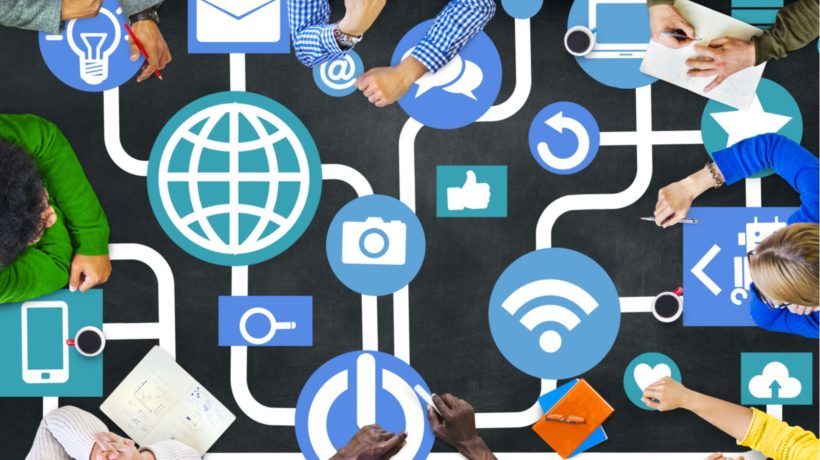Why An Understanding Of Social Learning Matters In Instructional Design
Much of what we learn about behavior (social learning) we learn in a social setting. We are affected by the conduct of others, and others are affected by our conduct.
Within the social setting we learn two ways: We learn by modeling the behaviors of others, and we also learn intellectually or cognitively in a social context.
When we see behaviors in others, we normally wait to see the consequences of that behavior before we decide whether or not to imitate the behavior and incorporate it into our own learning and behavioral patterns. It’s called vicarious reinforcement, which simply means we observe the behavior, extract information from that behavior, and make decisions about that behavior. It is an iterative process: Positive and negative reinforcing behavior takes place constantly, further convincing us that we are either on the wrong or right track. If that is not learning I do not know what is.
The learner is not always a passive receiver and/or active imitator in a social setting. Cognitive behavior is also taking place. So, in order to decide if the behavior is worth modeling the observer must deploy intellectual tools such as paying attention, which means thinking deliberately about the issues. This is done by asking oneself questions about the characteristics of the observed behavior. “Is it relevant?” “Have I seen this before?” “How have I reacted to this behavior in the past?” “Is this the first time she has behaved this way, or is this a pattern?” “Does this behavior form a pattern?” “Would this behavior help or hinder me?” “Does this behavior affect me emotionally, negative or positive?”
If the behavior is worth modeling other intellectual abilities come into play, especially memory. If one cannot remember the behavior and its outcomes then it is of no value.
If a person not only remembers the behavior and its feature but has made a cognitive decision to model the behavior then the decision is much more concrete, and likely to produce positive outcomes.
And of course the person observing the behavior will bring to bear their internal standards and conscience.
Of course the person doing the modeling of a behavior is being observed by others who in turn will model that behavior. This is called reciprocal determinism. Imagine a child playing violent video games. His enthusiasm and pleasure will encourage others watching him to join in, this in turn will encourage him to play more often, and this in turn may desensitize him to violence. Those who train young minds towards bad behavior from Dicken’s Fagin to ISIS rely on this because it works. It can work as a positive reinforcement also of course. Enthusiasm is contagious.
Recently neurophysiologist have discovered a kind of neuron called the mirror neuron that fires both when an animal performs an action or when the animal sees that same act performed by another thus “mirroring” the behavior of another.
If you will forgive me referring to you as an animal, when you watch a person pick up a coffee mug and drink it – so do your mirror neurons. You may not have actually picked up the mug and taken a drink but your mirror neurons activate as if you had. Try not yawning when you see someone else yawning. It’s probably why we are so empathetic.
And this ability to almost feel what another person is doing is at the heart of social learning. It would be impossible to raise a child without their ability to feel and mimic what others are doing. It doesn’t stop in childhood. In any meeting – formal or informal - or in any learning environment we are instinctively modeling others. The purpose of this post is to make you more aware so that you can leverage this ability.
When I designed my Terego Enterprise Training Method, I had this empathetic quality we all possess in mind. As Alan Solinger Ph.D. lead researcher at a medical sciences company reports, “The Terego Method works. It gets results”.








